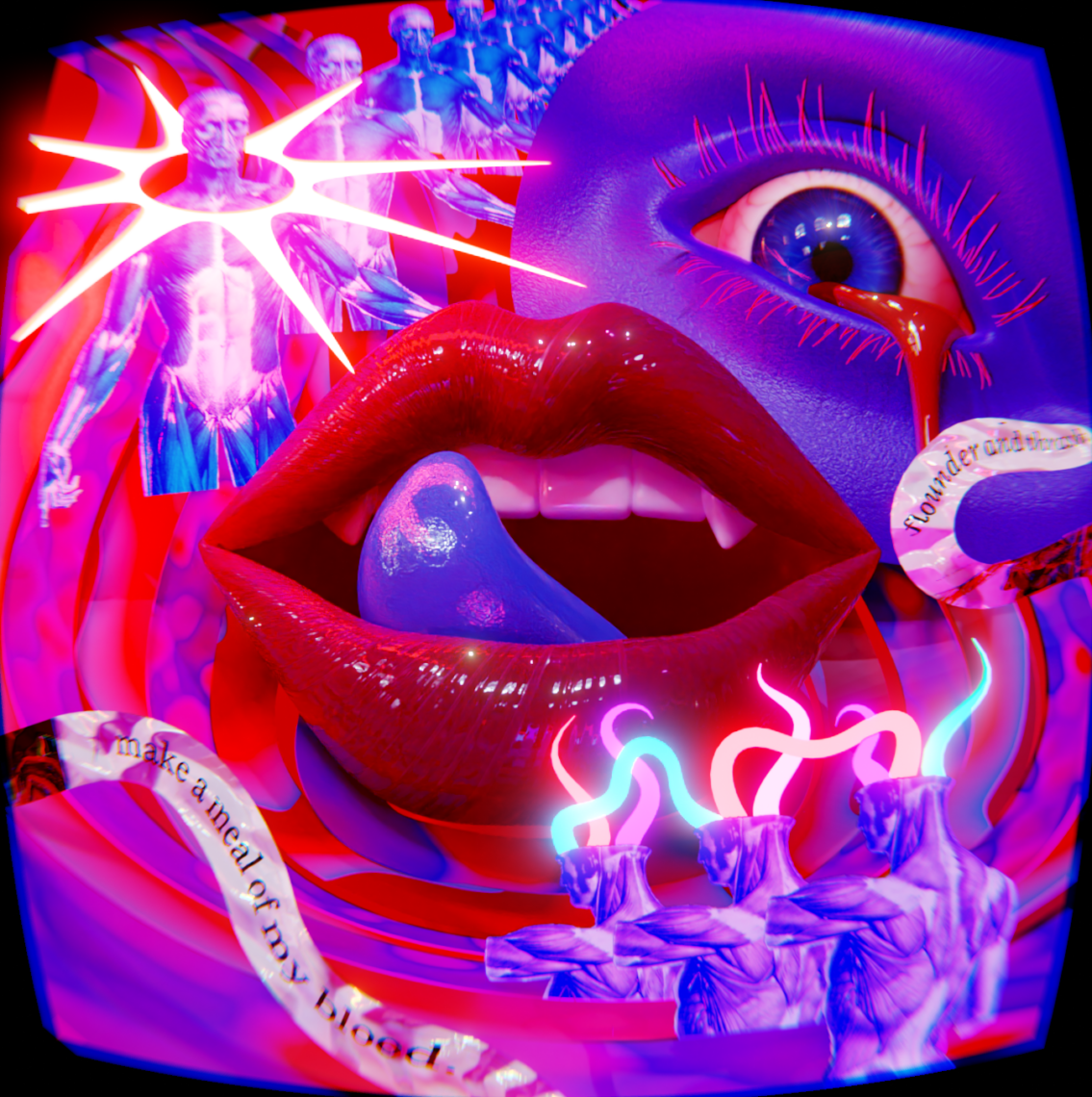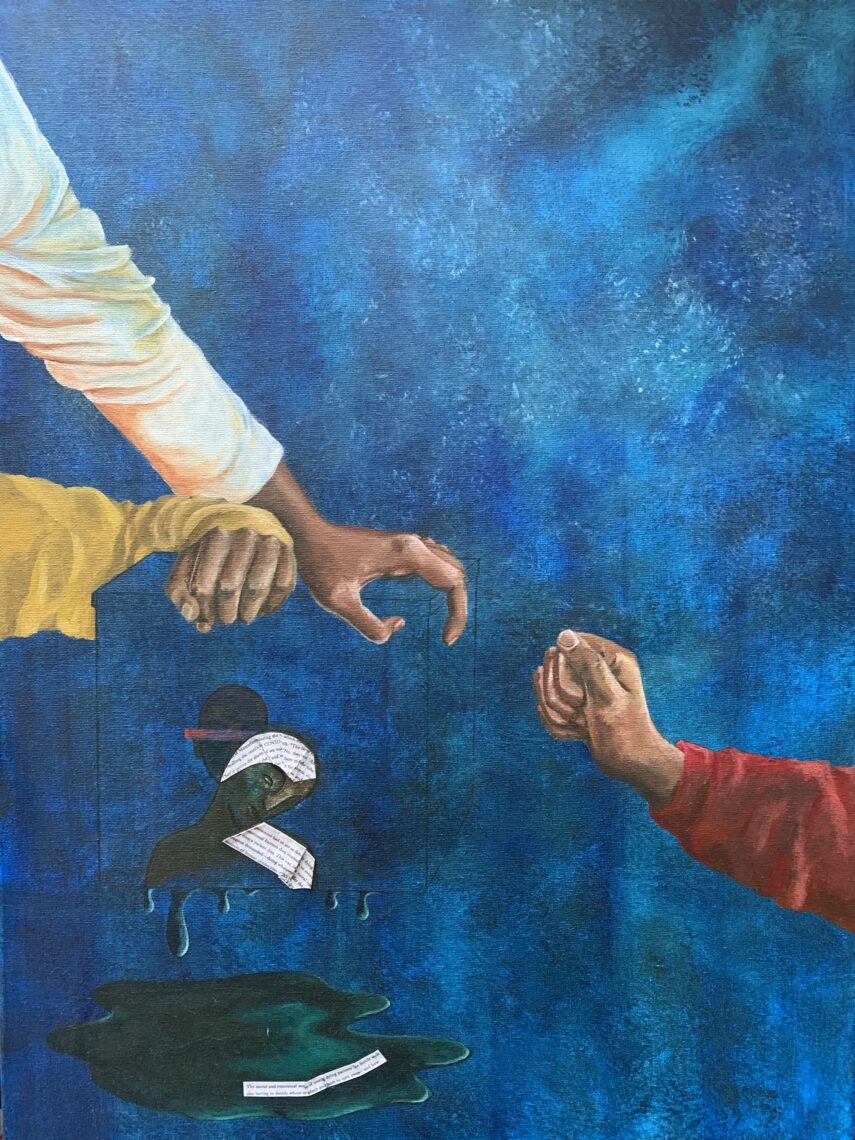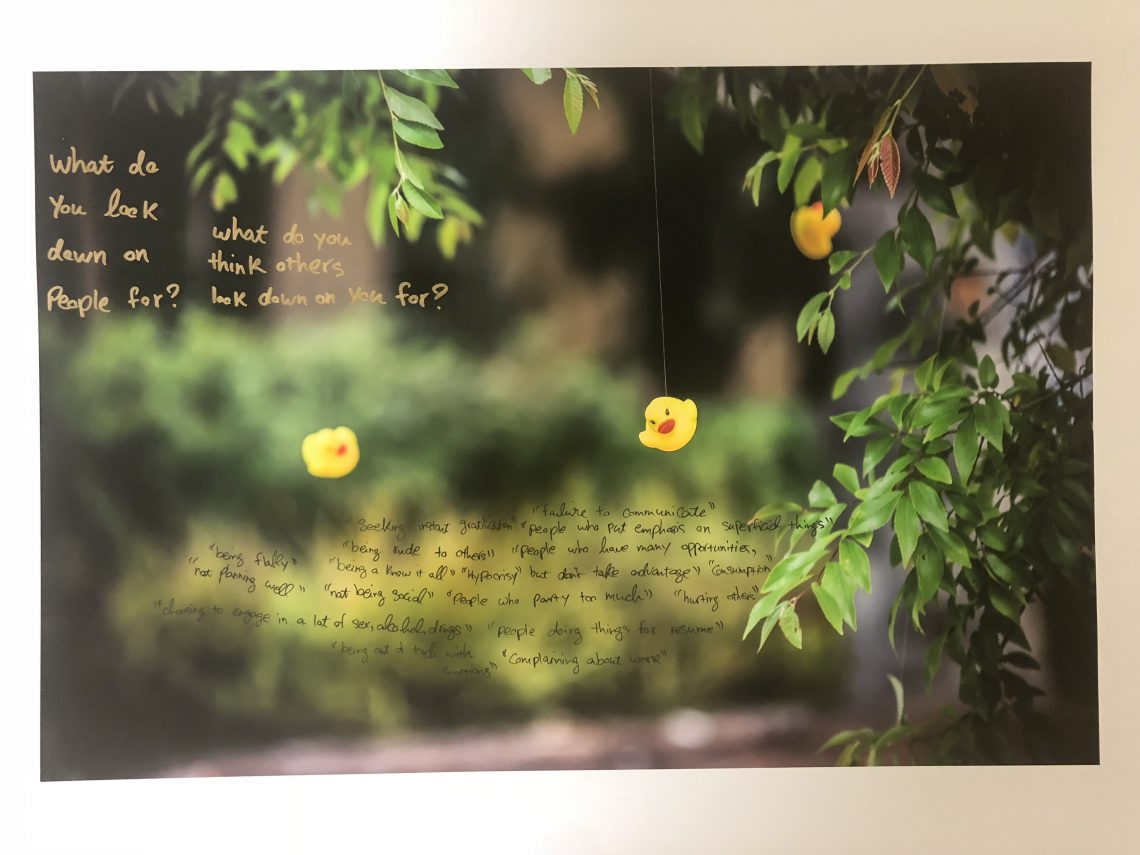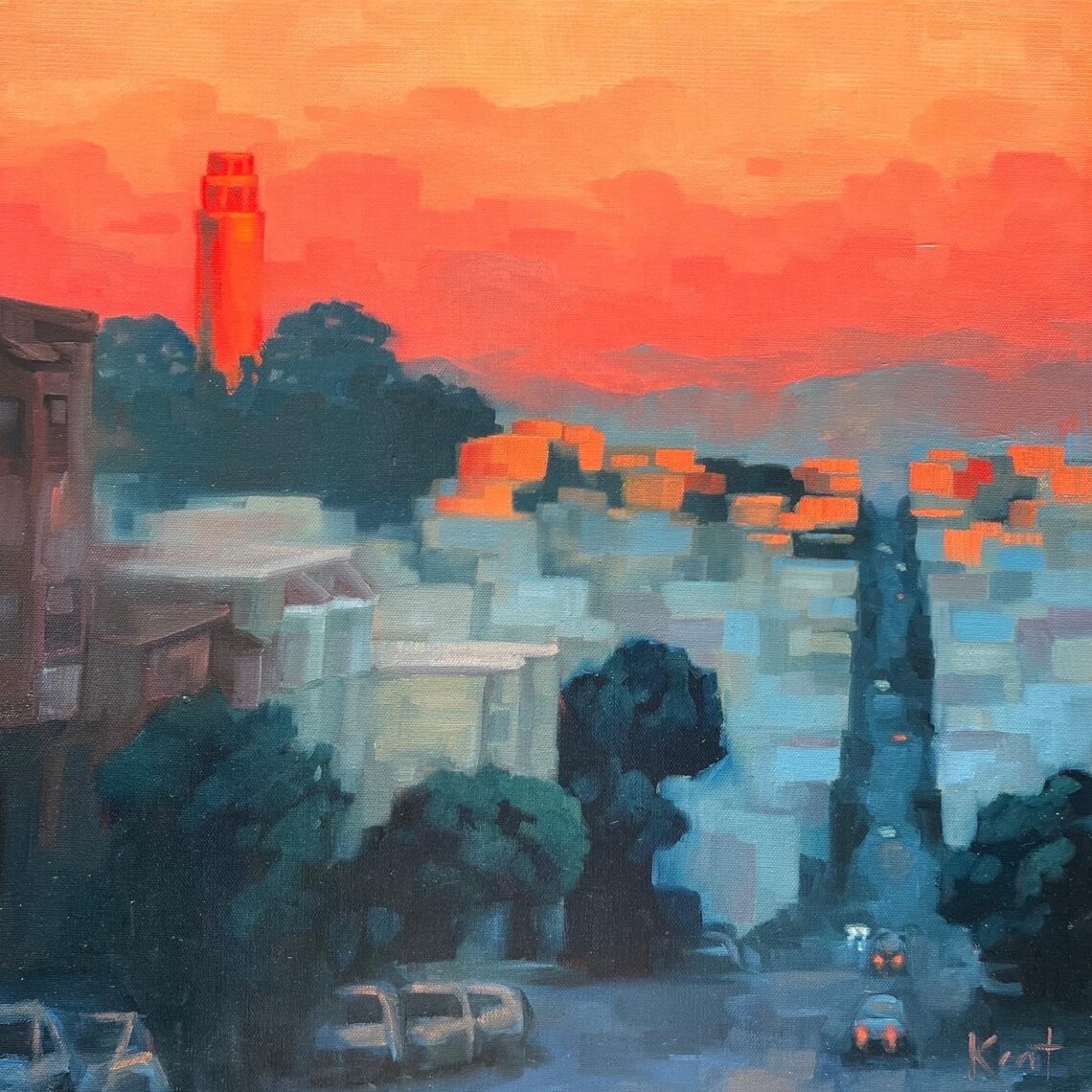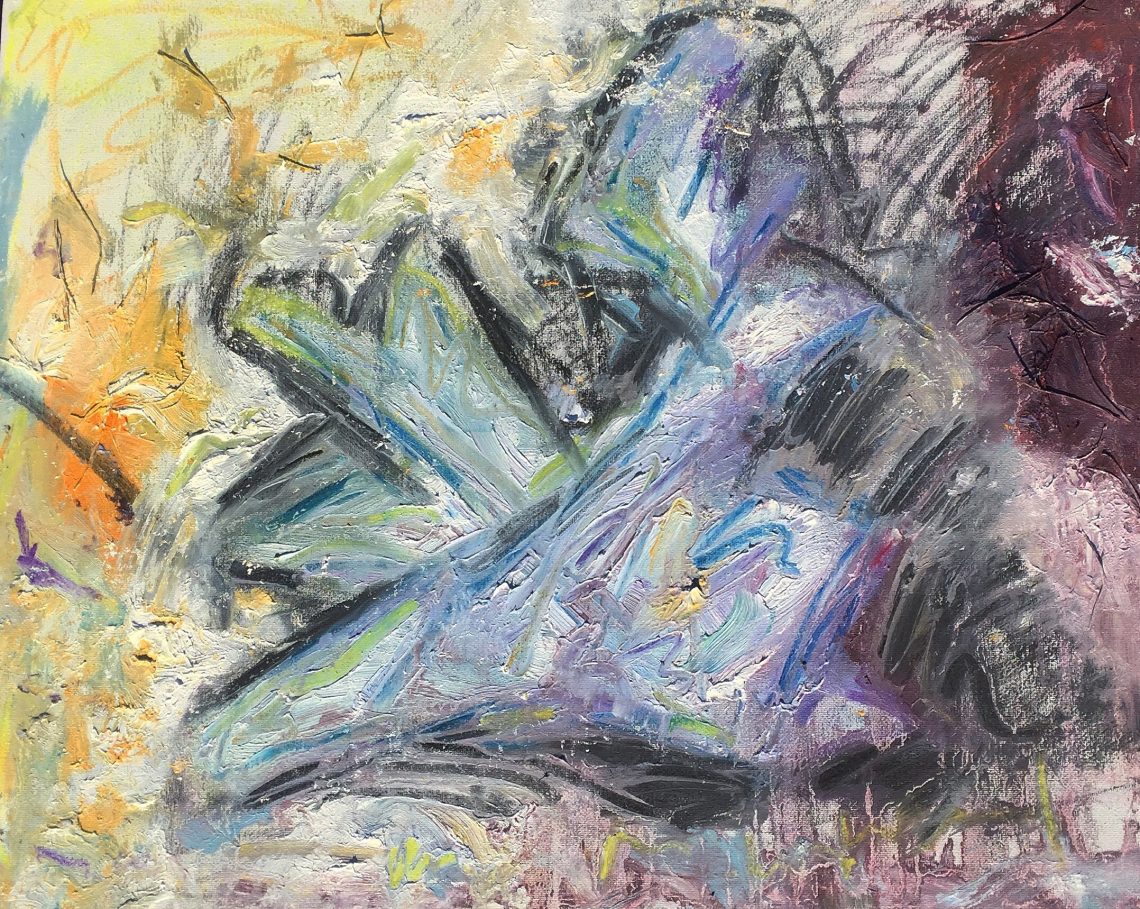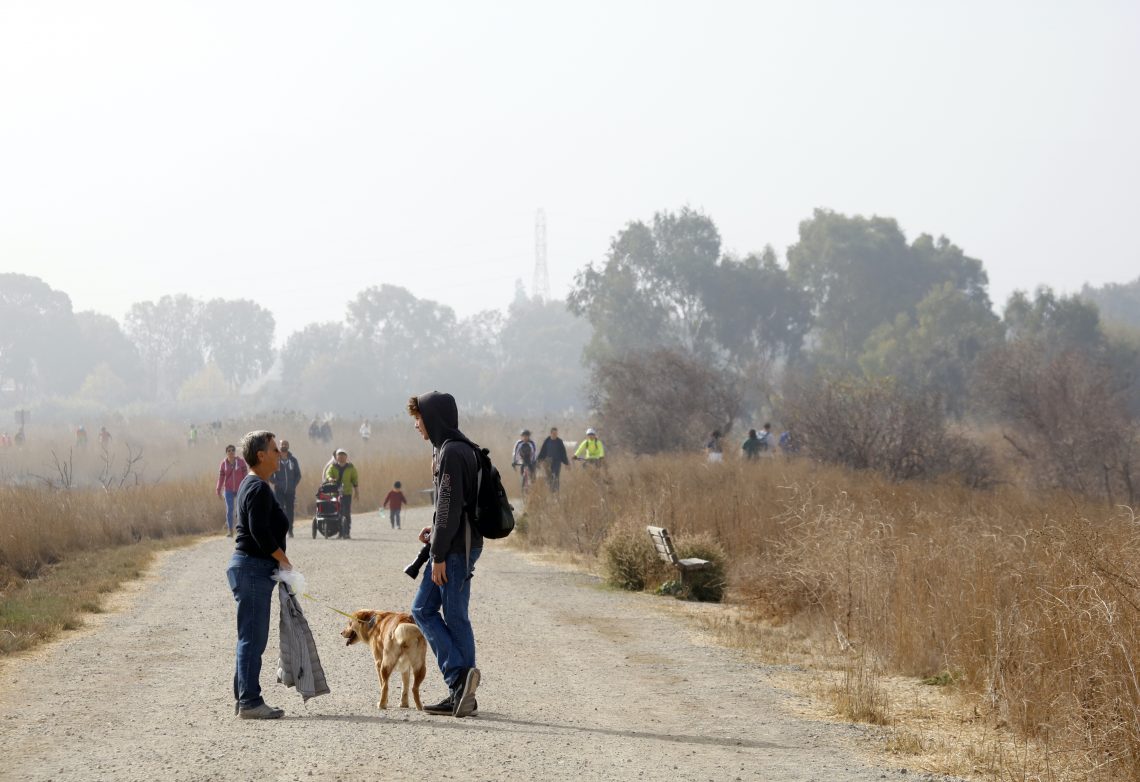Make
History
The arts have been a vital and dynamic presence on the Stanford campus since the university's founding over a century ago, growing from one department focused on applied drawing to a robust arts curriculum, from sporadic student activity to hundreds of student-run groups. Over the last two decades, Stanford has intensified its commitment to further integrate art and creativity into the curriculum and daily campus life, and it has worked to create the conditions for creative research and practice to flourish in new ways on campus.
In 2006, Stanford launched the Stanford Arts Initiative to make the arts a fundamental part of a Stanford education and build the resources and programs required to realize that vision. Thanks to the initiative, the university added new faculty positions in arts departments and programs, new graduate fellowships for PhD and MFA students, and many new arts programs and opportunities designed to ensure that every Stanford student, no matter their major, can have meaningful engagement with the arts. The university also added a new general education curricular requirement in Creative Expression, ensuring that every Stanford undergraduate must take at least one creative practice class to graduate.
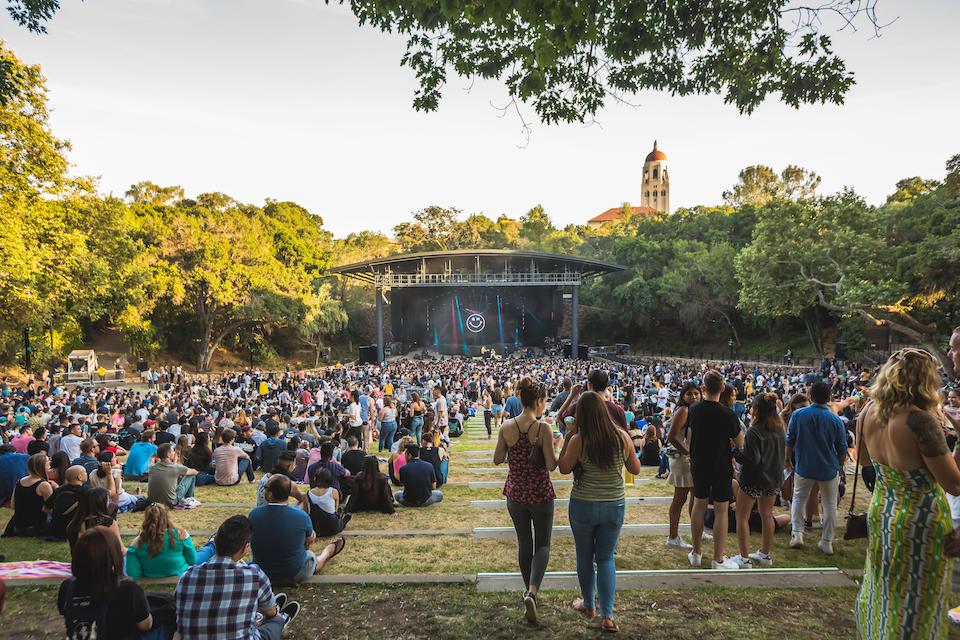
The most visible part of the Arts Initiative was the creation of an arts district at the front of Stanford’s campus. In addition to the historic and renowned Cantor Art Center, the university built three new arts facilities on campus—Bing Concert Hall (2013), the Anderson Collection at Stanford University (2014), and the McMurtry Building for Art and Art History (2015)—and renovated various rehearsal and performance spaces on campus including the Roble Gym (2016), Pigott Theater in Memorial Auditorium (2019), and Frost Amphitheater (2019). These state-of-the-art facilities showcase various visual and performing arts exhibitions, concerts, and other academic programs. The proximity of these arts facilities to each other allows for productive interactions, and their location at the front of campus highlights the importance the university has placed on the arts.
 In 2017, Stanford created a new senior leadership role: vice president for the arts. This position oversees all nondepartmental arts organizations on campus and leads strategic planning for the arts. Harry Elam, professor of Theater and Performance Studies (TAPS) and vice provost for undergraduate education, was the first to occupy the new position, which he held until 2020 when he left to become the president of Occidental College. In early 2022, Deborah Cullinan was appointed the first full-time vice president for the arts. Under her leadership, Stanford is focused on unleashing the full potential of the arts to advance Stanford’s core values and educational mission.
In 2017, Stanford created a new senior leadership role: vice president for the arts. This position oversees all nondepartmental arts organizations on campus and leads strategic planning for the arts. Harry Elam, professor of Theater and Performance Studies (TAPS) and vice provost for undergraduate education, was the first to occupy the new position, which he held until 2020 when he left to become the president of Occidental College. In early 2022, Deborah Cullinan was appointed the first full-time vice president for the arts. Under her leadership, Stanford is focused on unleashing the full potential of the arts to advance Stanford’s core values and educational mission.
Annual Arts Reports
- 2023-24 Arts Report (link)
- 2022-23 Arts Report (link)
- 2021-22 Arts Report (link)
- 2020-21 Arts Report (link)
- 2019-20 Arts Report (link)
- 2018-19 Arts Report (pdf)
- 2017-18 Arts Report (pdf)
- 2016-17 Arts Report (pdf)
- 2015-16 Arts Report (pdf)
- 2014-15 Arts Report (pdf)
- 2013-14 Arts Report (pdf)
- 2012-13 Arts Report (pdf)
Together, we demonstrate the consequential creativity possible only at Stanford.




